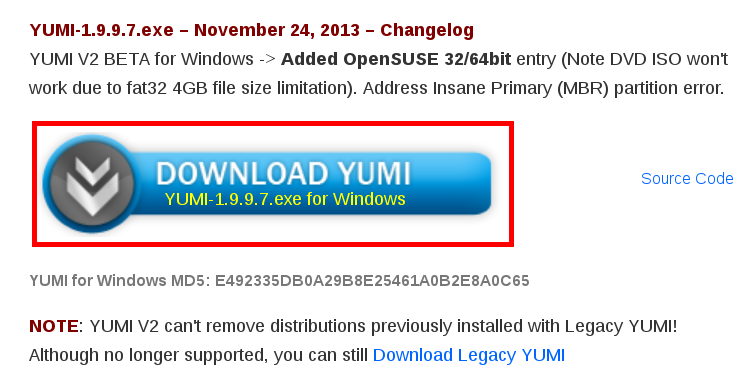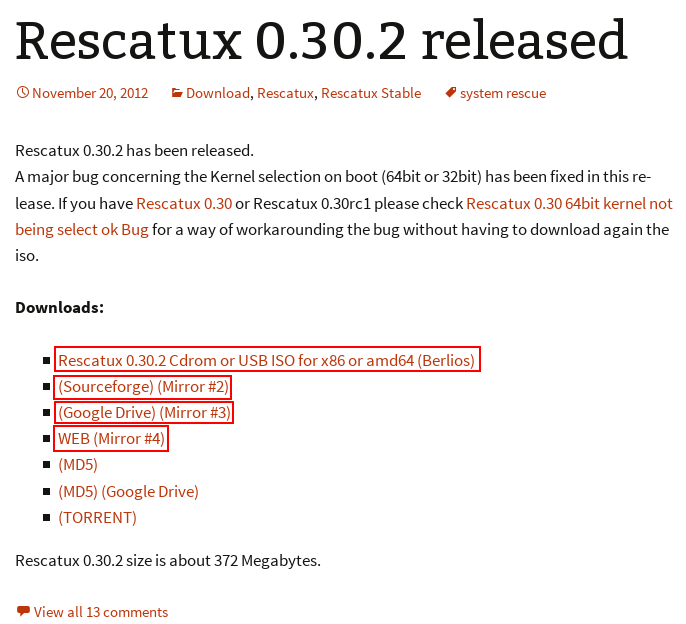

Do not create a filesystem on it, and do not mount it. Please note that this partition is unrelated to the /boot mountpoint, and will be used by GRUB directly. Note: For GRUB to boot from a GPT-partitioned disk on a BIOS-based system, a BIOS boot partition is required. īecause GRUB does not understand GPT partition tables, you need to create a bios_grub partition then reinstalling Grub, also the os-prober need to be installed to get the others OS detected.
#Super grub2 windows 10 how to
Restart your computer and Ubuntu should boot properly.įor more detailed technical information, including how to use the chroot command to gain access to a broken Ubuntu system’s files and restore GRUB2, consult the Ubuntu wiki.First, you need to backup your data, to boot windows you can use Super Grub2 Disk, witch allow you to boot a different OS, legacy or UEFI. sudo grub-install -boot-directory=/mnt/ubuntu/boot /dev/sdX For example, if you used /dev/sda1 above, use /dev/sda here. Run the following command to reinstall grub from the live CD, replacing /dev/sdX with the device name of the hard disk above. If you don’t know whether you have a separate boot partition, you probably don’t. Important: If you have a separate boot partition, skip the above command and mount the boot partition at /mnt/ubuntu/boot instead. This means the first partition on the first hard disk device. In the screenshot above, our Ubuntu partition is /dev/sda1. Run the following commands to mount the Ubuntu partition at /mnt/ubuntu, replacing /dev/sdX# with the device name of your Ubuntu partition from the above commands: sudo mkdir /mnt/ubuntu If you have multiple Linux ext4 partitions, you can get an idea of which is which by viewing the size of the partitions and their order on the disk here. In the blkid command, the partition is identified by its ext4 file system. In the fdisk -l command, the Ubuntu partition is identified by the word Linux in the System column. Identify the partition Ubuntu is installed on using one of the following commands: sudo fdisk -l Open a terminal after booting into the live environment. For example, if you have Ubuntu 14.04 installed, ensure you use a Ubuntu 14.04 live CD. Ensure the version of Ubuntu on the CD is the same as the version of Ubuntu installed on your computer. You’ll need to boot from a live CD or USB drive, as in the graphical method above. If you’d rather get your hands dirty, you can do this yourself from a terminal. Restart your computer after the Boot Repair tool finishes applying its changes. The tool will walk you through everything you need to do. Perform the instructions Boot Repair wants you to and click “Forward” to continue through the wizard. Just follow the instructions that appear on your screen. It may ask you to open a Terminal and copy/paste a few commands into it. The recommended repair option can fix most problems automatically, and you could mess up your system even more by selecting the wrong advanced options.īoot Repair will begin working. You can choose to use the advanced options here, but Ubuntu’s wiki recommends you not use the advanced options unless you know what you’re doing.

After it scans your system, click the “Recommended repair” button to repair GRUB2 with a single click. The Boot Repair window will automatically scan your system after you run the boot-repair command.

#Super grub2 windows 10 install
Open a Terminal window from the Dash and run the following commands to install and launch Boot Repair: sudo apt-add-repository ppa:yannubuntu/boot-repair You may need to choose a Wi-Fi network and enter its passphrase. When Ubuntu boots, click “Try Ubuntu” to get a usable desktop environment.Įnsure you have an Internet connection before continuing.


 0 kommentar(er)
0 kommentar(er)
